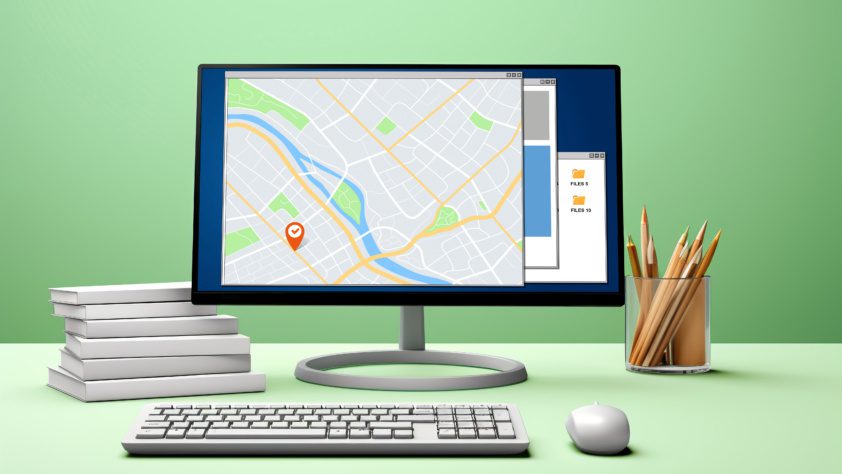Once upon a snowy December, when the North Pole was already awake and transformed into the most overworked place on Earth, Santa faced an unexpected problem. The workshops hummed day and night. Elves rushed between…
Introduction Based on a Stack Overflow interview, almost 84% of developers use AI tools, but 46% of them don't trust the quality. It’s a curious result, because many companies prefer to use AI-powered apps, low…
Today, a web solution has become a key tool for the company's growth. It is not necessary to write your own code and create a website; you just need to recruit an outsourced team of…
The Discovery Phase is the first and important stage in creating any web project. Companies use it to collect requirements, better understand business goals, and identify potential risks before development starts. That is why the…
Understanding the key development is essential for all parties involved in developing a web solution - both the client and the company providing the service. Each of these stages plays a key role in controlling…
Tokens are one of the new words that have spread across the modern information space. For many years, Internet users have been using them to run businesses online, and the number of users is growing…
It’s no secret that artificial intelligence has long found its application in modern business. From automating routine tasks to improving communication efficiency and generating text and visual content, large AI development companies like OpenAI are…
The modern real estate market is rapidly changing due to digital technologies. The real estate sales business is thriving thanks to technologies such as process automation, the convenience of online services for buyers, and the…
Online maps have become a crucial part of our lives, allowing users to view a map on a smartphone and choose the right direction to move. Nevertheless, online maps have found their application in professional…
CRM systems have become indispensable tools that help companies optimize customer service, automate routine processes, and improve overall efficiency. However, such systems are most effective only when a business chooses a solution that is ideally…











